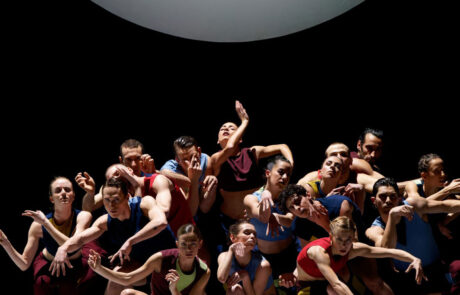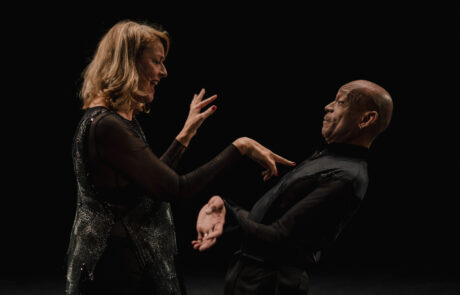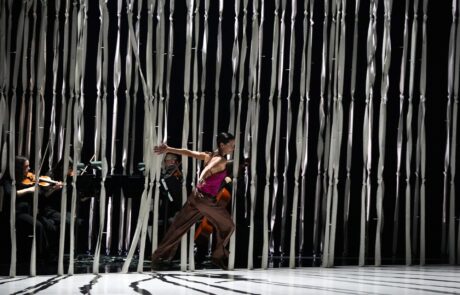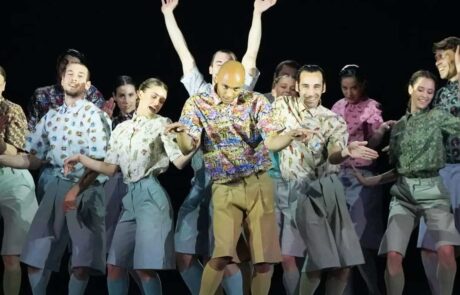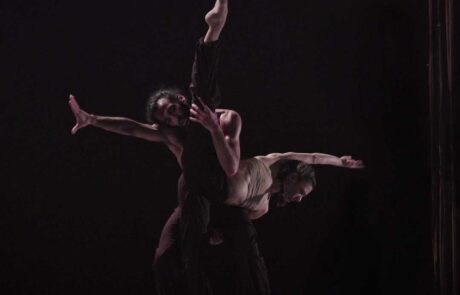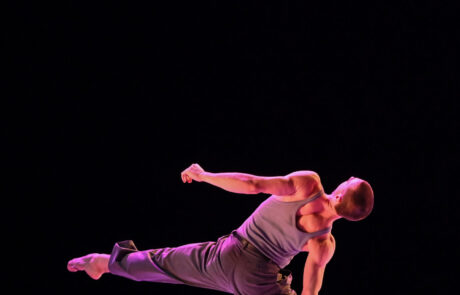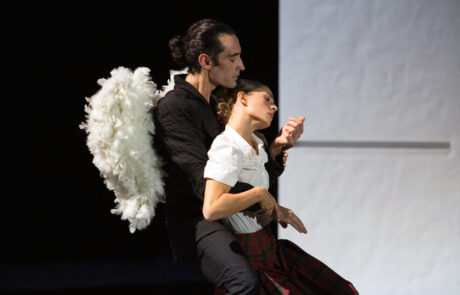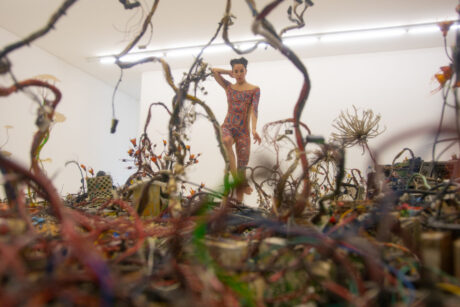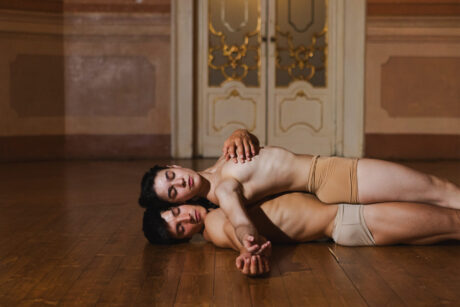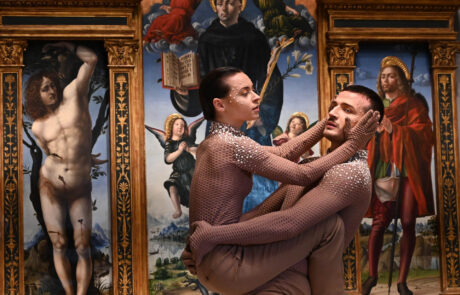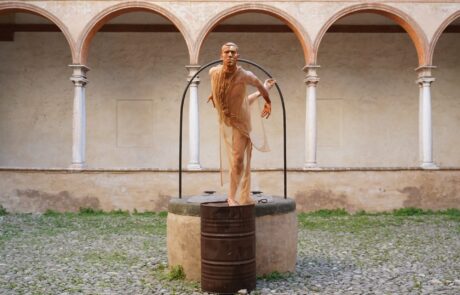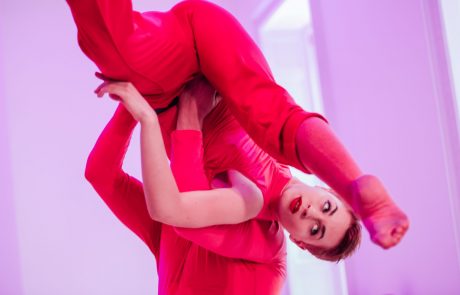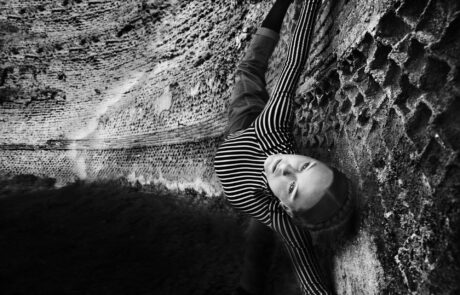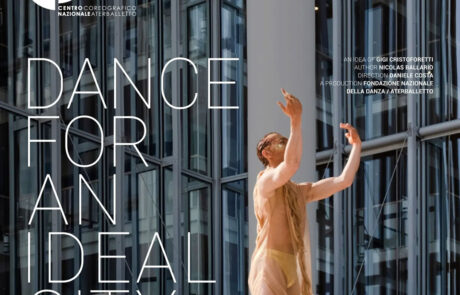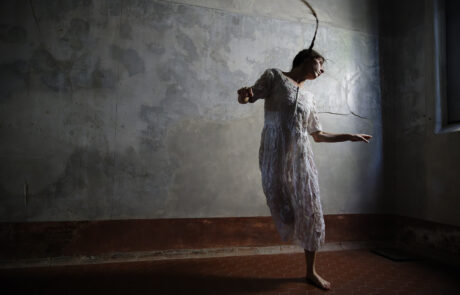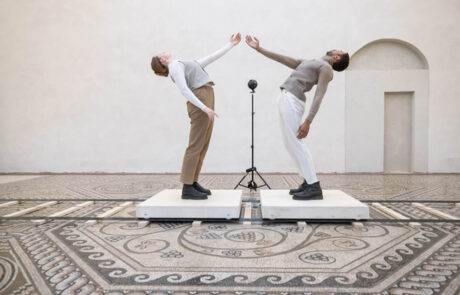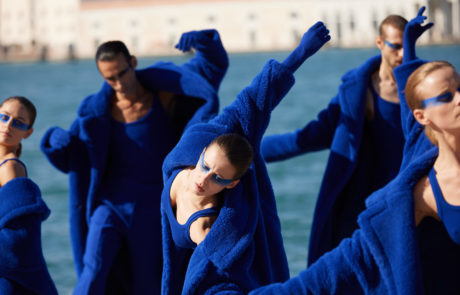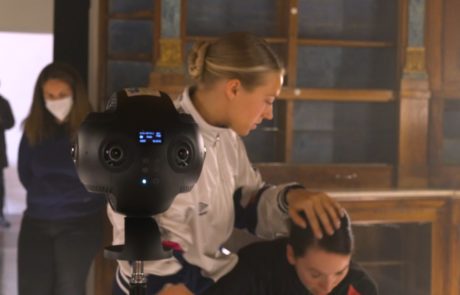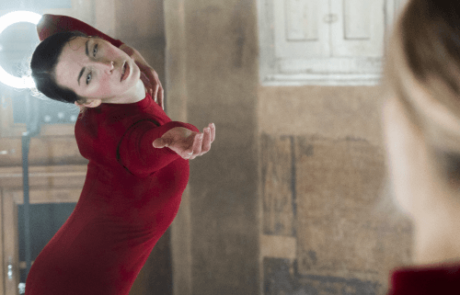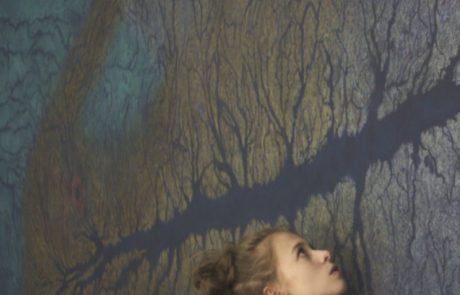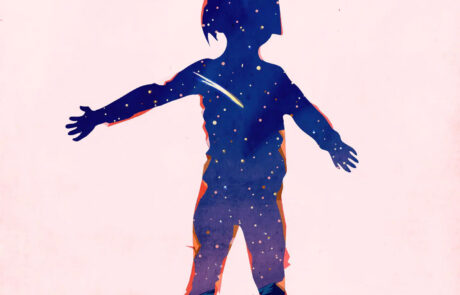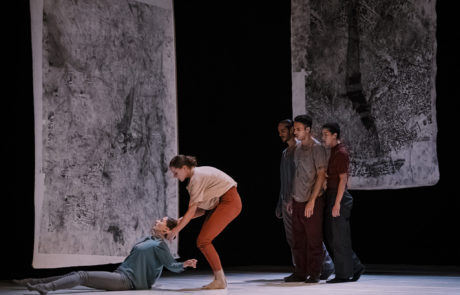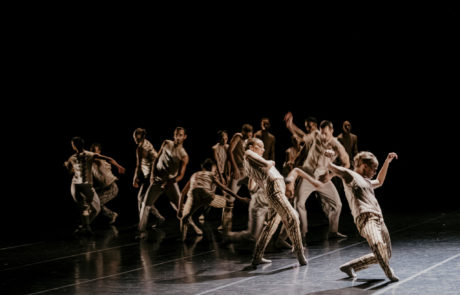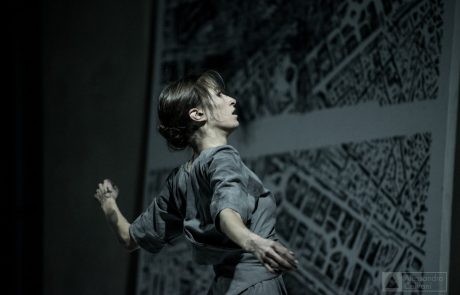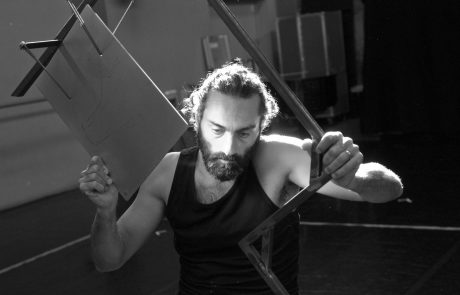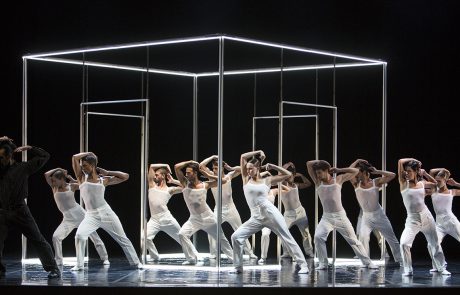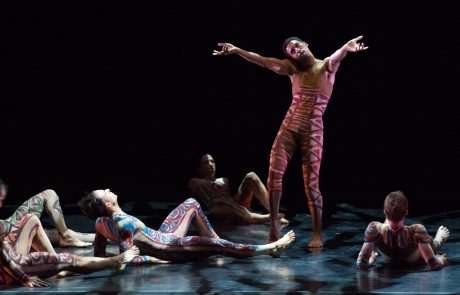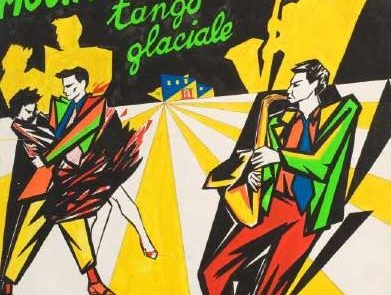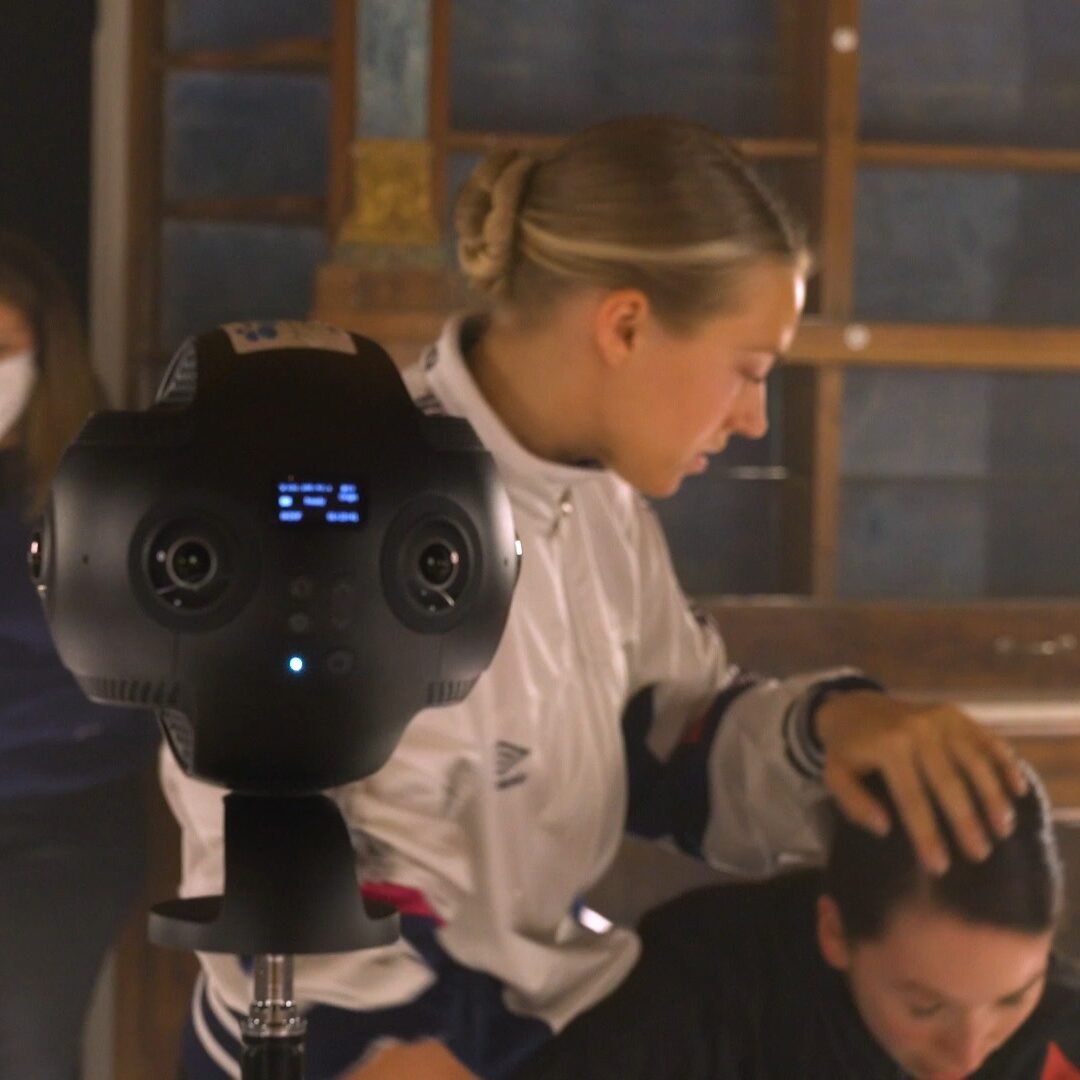In investigating the relationship between dance and technology, FND/Aterballetto and RE:Lab have decided to start from one element: to defend and constantly seek a special relationship with the spectator, a relationship that requires an effort on the part of both to confirm the choice of sharing an artistic gesture.
For this reason, it was decided to film the dance and not re-create it virtually; the restitution is entrusted to the engaging formula of Cinematic Virtual Reality (where the dancer is seen because s/he is filmed) capable of building an authentic immersiveness. Thus, dance becomes digital but not abstract. And technology does not become the object of production, but the language that allows dance to release the strongest emotions it contains and that those who choose to see it are looking for.
The spectator, accompanied by a ritual that retraces the approach to an evening’s performance, physically enters the performance space, finds some fundamental elements there – stage, props, lights – but does not find the body of the dancer. In this place devoid of bodies but full of emotions, the spectator chooses her/his device and the performance s/he wants to attend. S/he puts on her/his visor and finds the same space in which s/he her/himself is physically present; then, almost thanks to the echo of the place that surrounds her/him, s/he finds the dance, in which s/he participates from a new but usual perspective, enveloping and immersive. The absence of the body allows, thanks to a fascinating paradox, a more intimate, significant contact, so explosive as to seem – just like the dance – at times perturbing.
The sound, processed in binaural mode, completes the spectator’s experience thanks to a 360° spatialisation that envelops her/him completely, directing her/him towards the peculiar elements of the scene.



